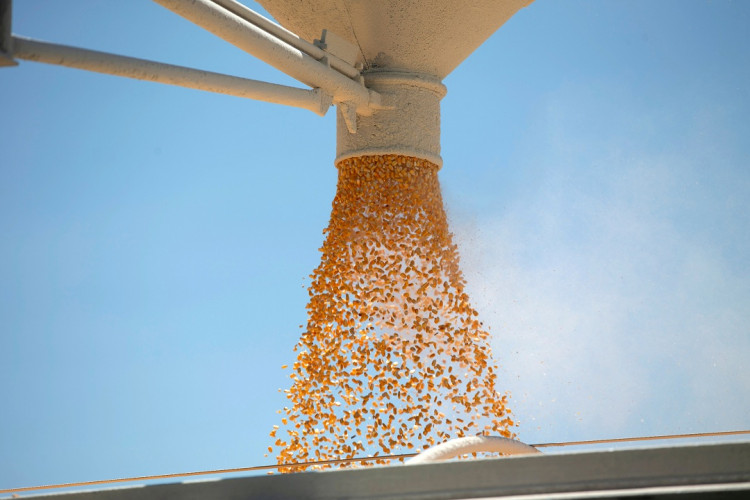In the wake of a tumultuous year marked by unexpected weather patterns and geopolitical strife, U.S. farmers find themselves sitting on unprecedented levels of corn, with the surplus driving prices to their lowest point since November 2020, according to Reuters. This situation has arisen despite earlier drought conditions that led many, including Illinois farmer Dan Henebry, to anticipate higher prices and smaller yields. The subsequent price collapse, fueled by a late-season rally in rainfall, has not only defied expectations but also inflicted significant financial strain on the agricultural sector.
The dramatic downturn, described as the steepest in a decade, has persisted into 2024, exacerbating challenges for the rural economy already reeling from two years of elevated prices and constrained supplies due to adverse global weather and the conflict in Ukraine. The reversal of fortunes, brought on by record harvests in both the United States and Brazil, coupled with intensified competition for grain exports and subdued domestic demand, has left many farmers regretting their decision to delay corn sales in hopes of more favorable market conditions.
The strategy of "store and ignore," a common practice among farmers to wait out low prices in anticipation of market rallies, has proven costly. The corn futures market, which saw prices nearing $6.30 a bushel in June, experienced a sharp decline to around $4.10, following unexpectedly high yields. This price trajectory has forced some farmers, like Henebry, who still holds 40% of his 2023 harvest in storage, to reconsider their sales strategies and operational plans.
The glut of corn has significant implications beyond individual farms, affecting the broader rural economy and industries reliant on agricultural inputs. For instance, high interest rates have made storage increasingly expensive, tying up capital that could otherwise be used to reduce debt or invest in farm operations. The University of Illinois estimates that farmers in central Illinois, for instance, faced breakeven prices of around $5.27 a bushel in 2023, a figure that many have failed to achieve due to the market downturn.
This economic pressure is manifesting in various ways, from farmers like Glenn Brunkow in Kansas delaying equipment upgrades and considering shifts in crop planting, to anticipated declines in large agricultural equipment sales by industry giants like Deere & Co. Moreover, the prospect of reduced corn planting in favor of soybeans or alternative crops like sorghum reflects the broader recalibration of farming strategies in response to the current market realities.
The surplus and ensuing price slump underscore the complex interplay of factors that farmers must navigate, from weather unpredictability to global market dynamics and domestic policy changes. As the U.S. agricultural sector grapples with these challenges, the resilience and adaptability of farmers will be crucial in weathering the storm and charting a path forward amid uncertain economic and environmental conditions.






